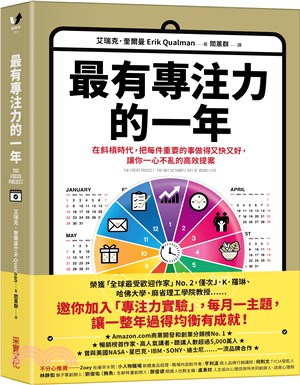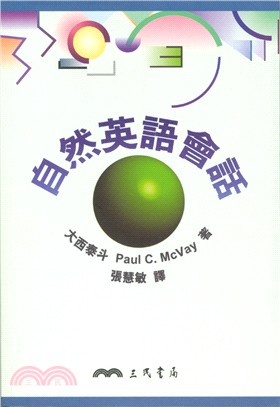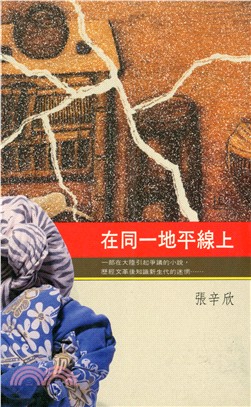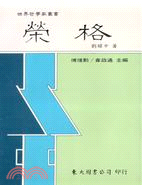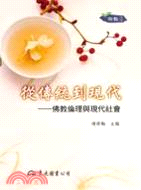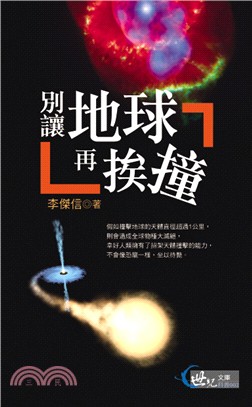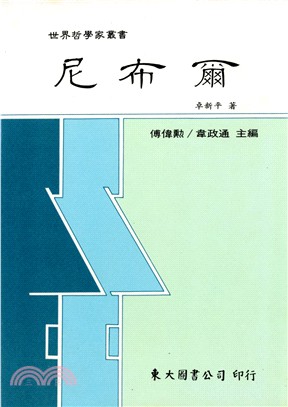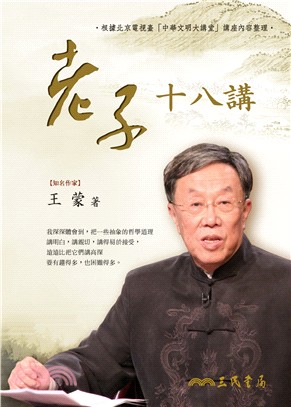商品簡介
Thomas Bugge, Danish Astronomer Royal, spent six months in France in 1798-99 as hiscountry's delegate to the International Commission on the Metric System, and while there he made aclose study of the postrevolutionary scientific and cultural scene. Written up in the form of"letters," these observations were later published as Travels in the French Republic. The presentwork includes much of this material, some published in English for the first time, the restunavailable except in a scarce English edition of 1801. The editor's principle of selection has beento include, among others, those sections that relate in particular to the institutions of science inFrance, and he provides a commentary introducing each section.The institutions of modern science,and their relation to the state, were to a considerable extent developed or perfected in the Franceof the First Republic. The conference on the metric system mentioned earlier might be described asthe world's first international scientific meeting. Specialized technical schools were beingestablished in numerous fields as whole new technologies were developed. The government, for thefirst time in history, had begun to support science financially on a large scale and to employscientists engaged in both military research and "pure" pursuits. Some prominent men of science heldpositions as ministers of state, while others were highly influential advisers to the government.And in many other ways science matured in this period, taking on the institutional form it retainsto this day. There are a number of reasons why the state supported sci- ence so lavishly, among themits desire to expiate for the early excesses of the Revolution, marked by the disbanding of theAcademie des sciences and the execution of Lavoisier. Also, science had proved its worth to themilitary: the work of such men as Monge, Fourcroy, de Morveau, and Berthollet in directing themanufacture of gunpowder and cannon helped stave off an invasion by foreign armies in 1793-94.Amongthe institutions of which Bugge gives a detailed account are the Ecole normale, the ecolescentrales, the Ecole poly technique; schools for public service including the naval schools, theEcole d'artillerie, and the Ecole des mines; the schools of medicine and pha~acy; the Collegede France; the Military Hospital for Instruction, and other medical institutions; the NationalInstitute; the National Observatory and the Board of Longitude; the School of Military Ballooning;the Conservatoire des arts et metiers. Bugge also had interesting comments on the Louvre and theBibliotheque Nationale.Other concerns taken up by Bugge and reprinted here are state expenditures onscientific and allied institutions for the year 1799, instruments and instrument makers, steamengines, powder factories, the metric system, and revolutionary festivals.
作者簡介
T. Nikki Cesare is TDR's Managing Editor and a PhD candidate in the Department ofPerformance Studies, Tisch School of the Arts/NYU. She is also a performing double bassistspecializing in contemporary music, and is currently working with the Chicago and NewYork--based International Contemporary Ensemble.
主題書展
更多書展本週66折
您曾經瀏覽過的商品
購物須知
外文書商品之書封,為出版社提供之樣本。實際出貨商品,以出版社所提供之現有版本為主。部份書籍,因出版社供應狀況特殊,匯率將依實際狀況做調整。
無庫存之商品,在您完成訂單程序之後,將以空運的方式為你下單調貨。為了縮短等待的時間,建議您將外文書與其他商品分開下單,以獲得最快的取貨速度,平均調貨時間為1~2個月。
為了保護您的權益,「三民網路書店」提供會員七日商品鑑賞期(收到商品為起始日)。
若要辦理退貨,請在商品鑑賞期內寄回,且商品必須是全新狀態與完整包裝(商品、附件、發票、隨貨贈品等)否則恕不接受退貨。













